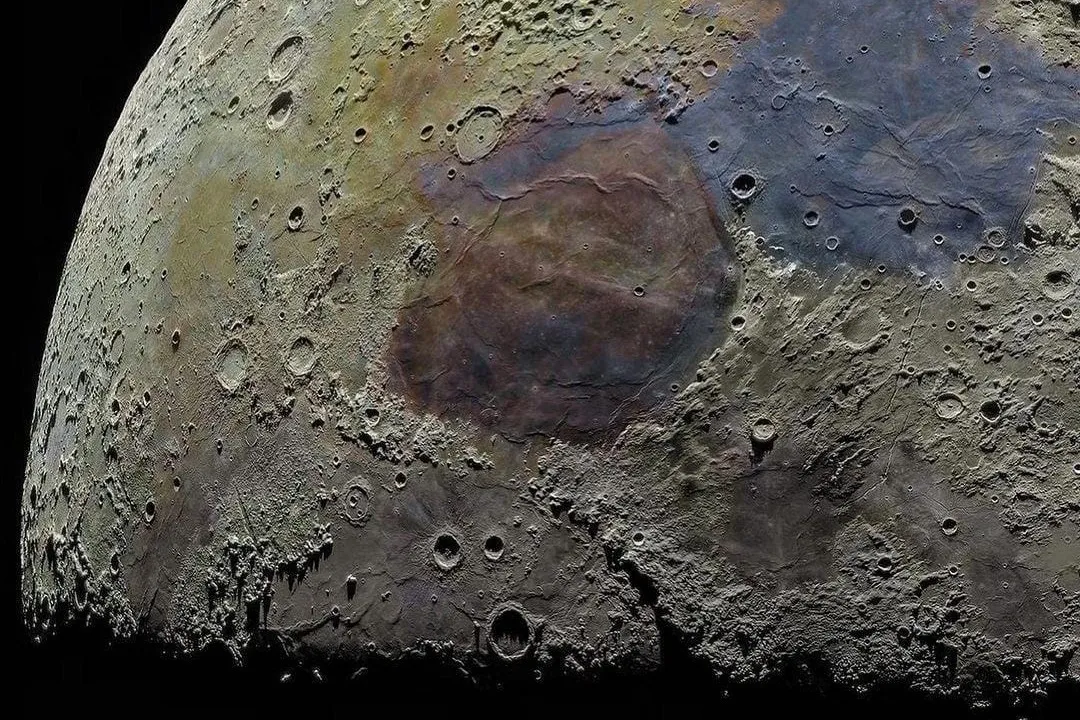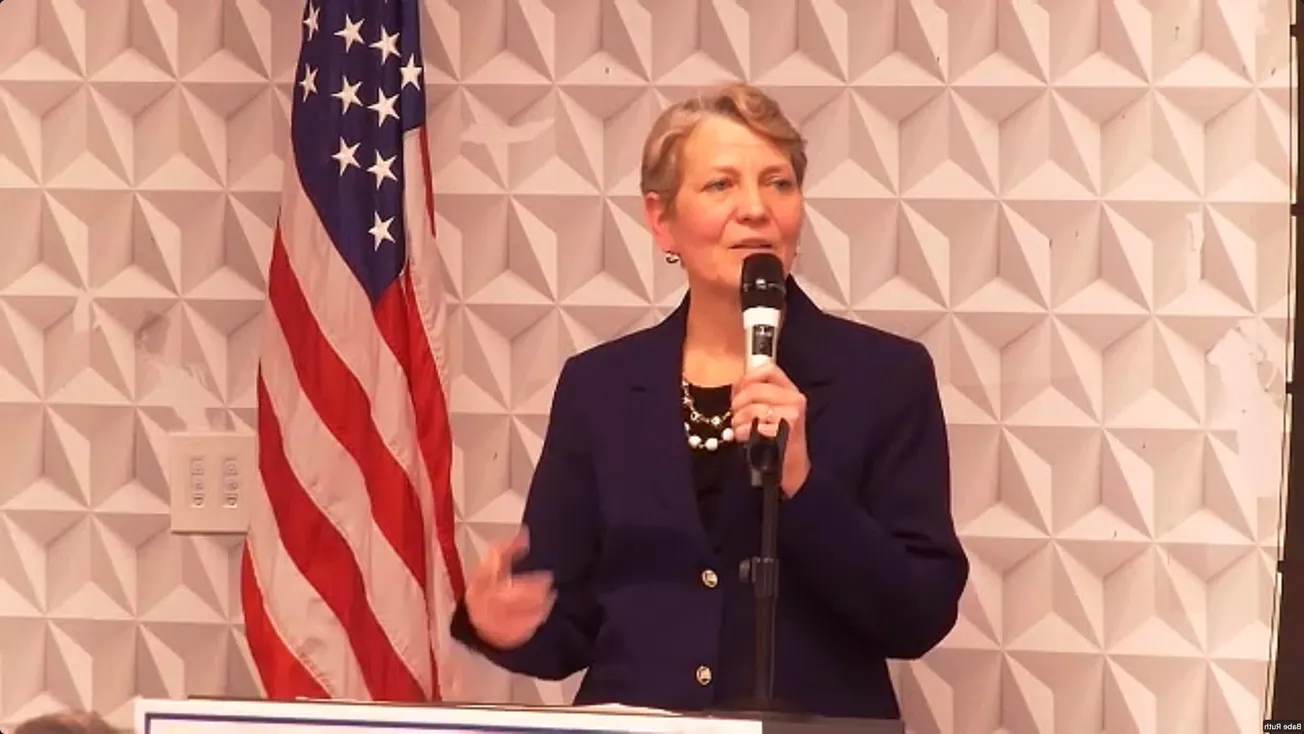Leading officials from the China National Space Administration (CNSA) held a press briefing to report on the results of the Chang’e-5 mission, which was deemed a resounding success. But the press was obviously very curious about where China would go in space after this, and, of course, when they would send people to the Moon.
Wu Yanhua, the Vice Administrator of the CNSA, said that Chang’e-5 was the result of over a decade of development. The 23-day mission now enters the stage of scientific investigation. An entire institute has been built to conduct, store and study the samples and a back-up storage facility has been constructed in Shaoshan in Hunan province, the birthplace of Mao Zedong, because of his push for a Chinese space program in the 1950s ("Two Bombs and One Satellite,” was the motto in the 1950s). Hu Hao, the chief designer of the China Lunar Exploration Stage 3, said that the handling of the samples also represents a new capability for China which would aid in its technological advancement. “We need to explore more in space in order to advance our technology,” Hu said. The samples would also be available to research and university institutions for their study. And in the not too distant future, some of the samples would be placed on view in the National Museum of China.
Wu also congratulated the countries that had worked with China on the program, including EU’s European Space Agency, Namibia, Argentina, and Pakistan. In reply to a question about China’s cooperation, he said that China was prepared to work with “like-minded institutions” in other countries. At one point Reuters was asked him specifically about cooperation with the U.S. Wu then discussed the restrictions of the Wolf Amendment, which prevented cooperation with the U.S. and at one point, he said that cooperation had to be based on equality, mutual benefit and win-win cooperation.
He also stated that the series of Chang’e missions had involved thousands of institutions and tens of thousands of scientists and engineers. He said that through this process China had now developed a tremendous capability for space development in the interest of mankind. “Our goal will be different from the U.S. and the Soviet Union,” Wu said. “In those days, it became something of a ‘star wars.’ We want to conduct scientific research and serve mankind.”
The Chang’e-5 mission was more complicated than it had to be for a simple sample return. But Wu indicated that the technologies that were used would also be a vital element for a human exploration mission. As China’s newly named “space ambassador,” Prof. Yang Yuguang, succinctly put it: “We did it that way not because it was easy, but because it was hard,” echoing the words of John F. Kennedy in his 1962 speech to Rice University, announcing the manned Moon program that became Apollo.



